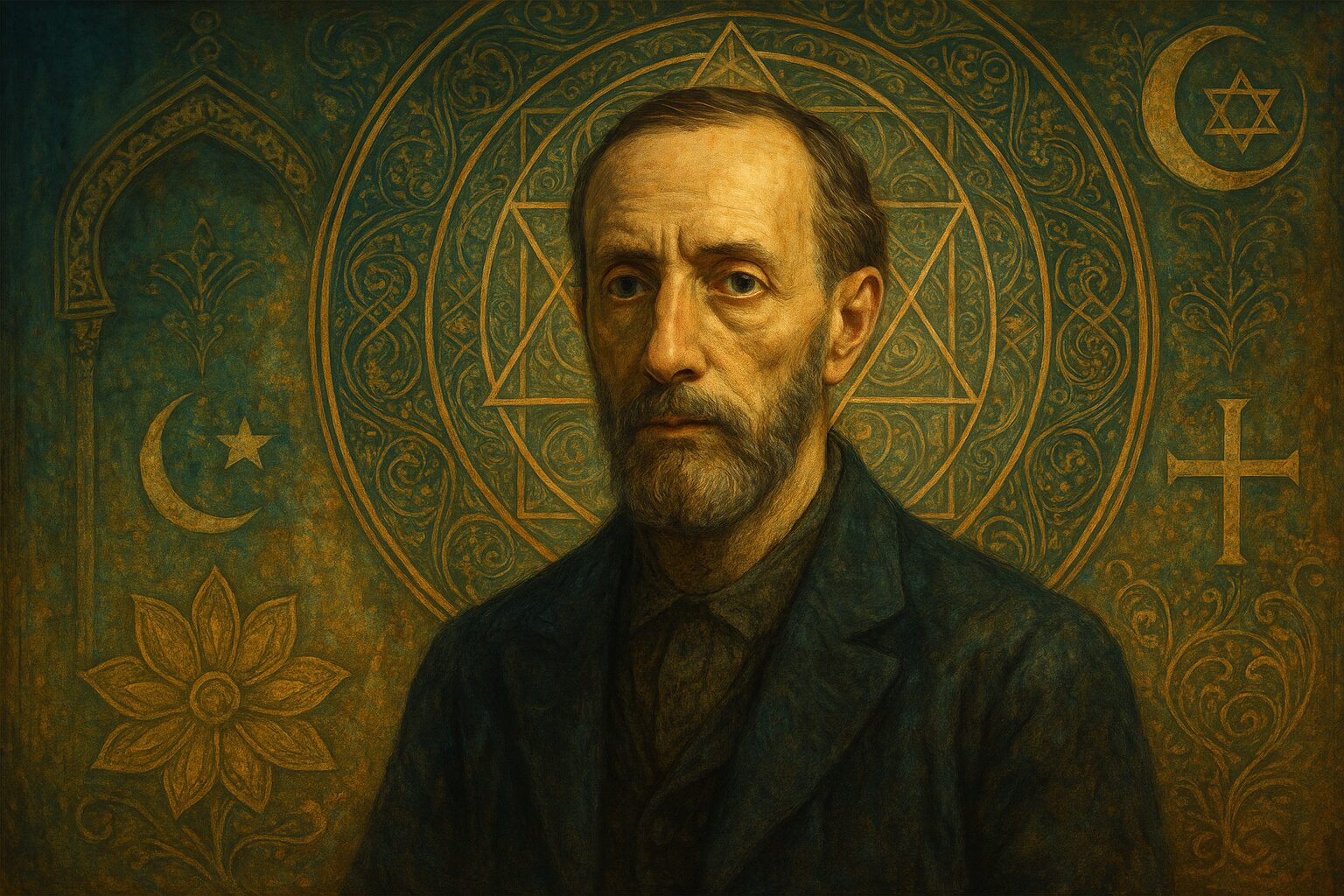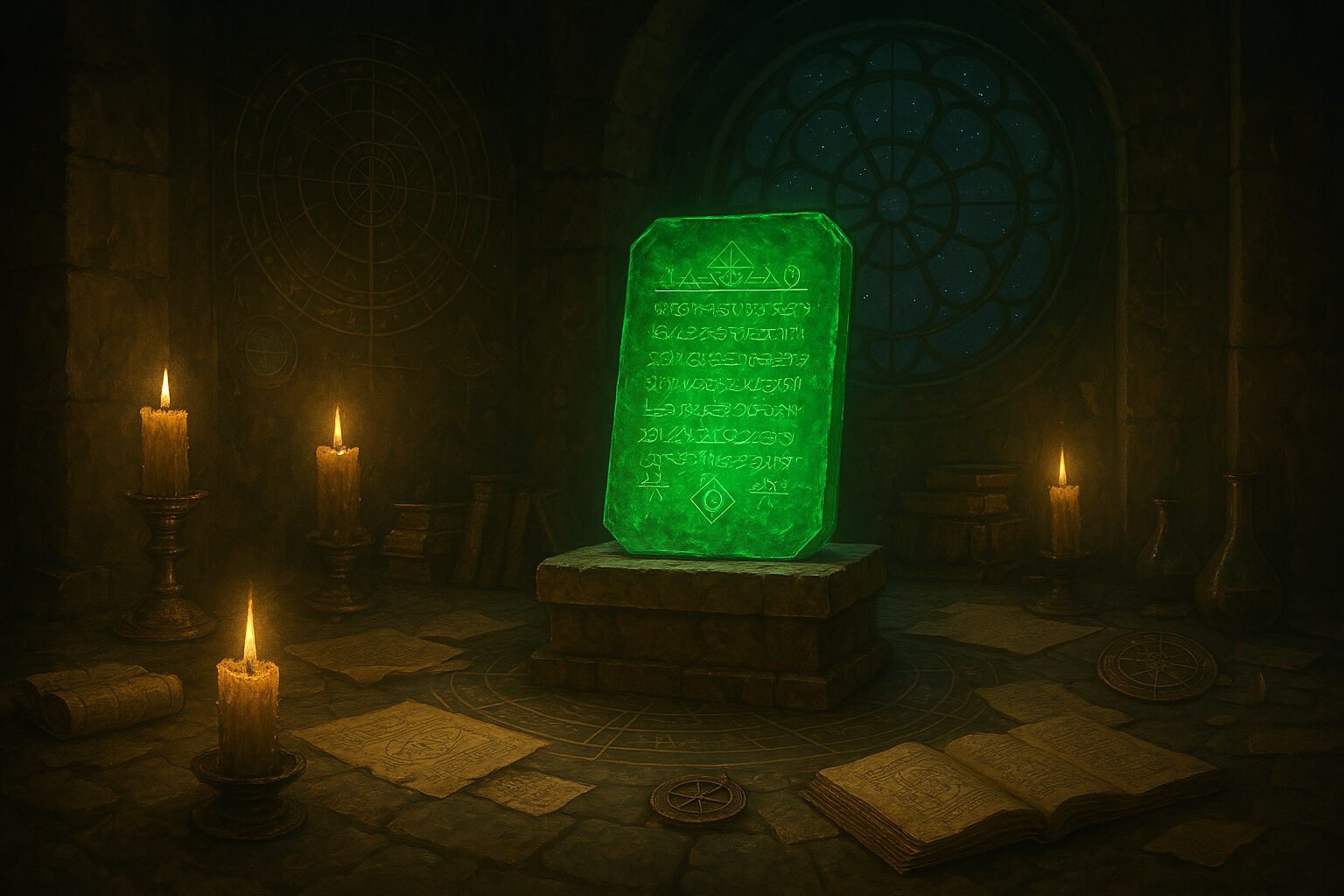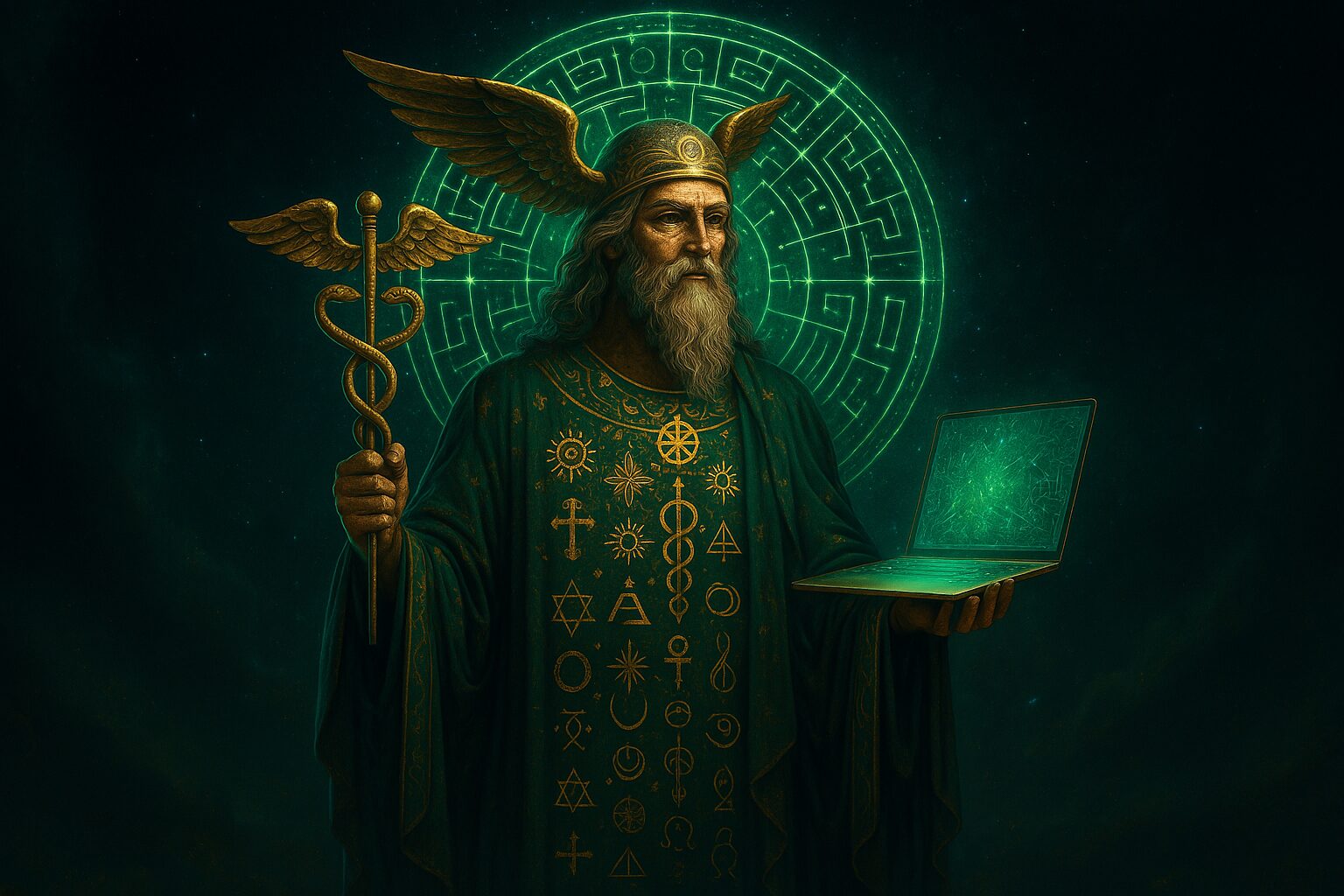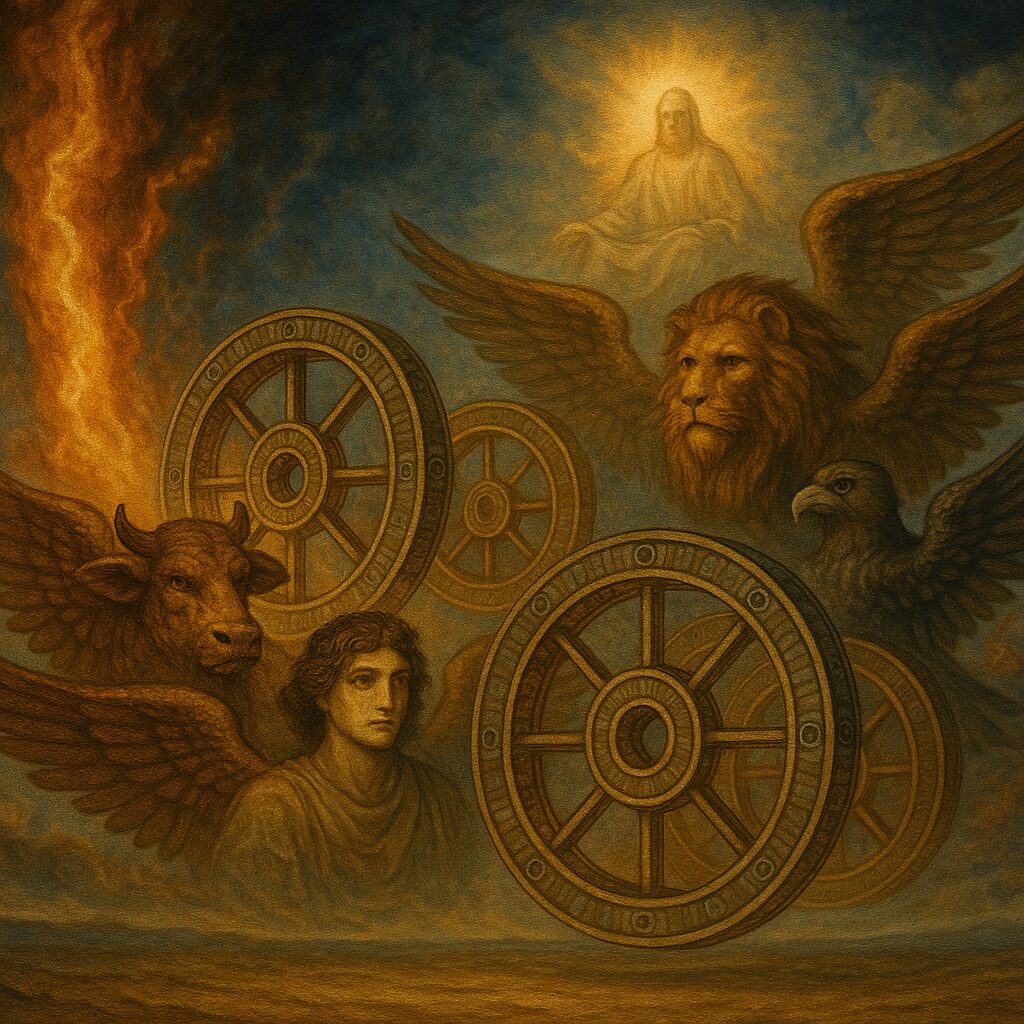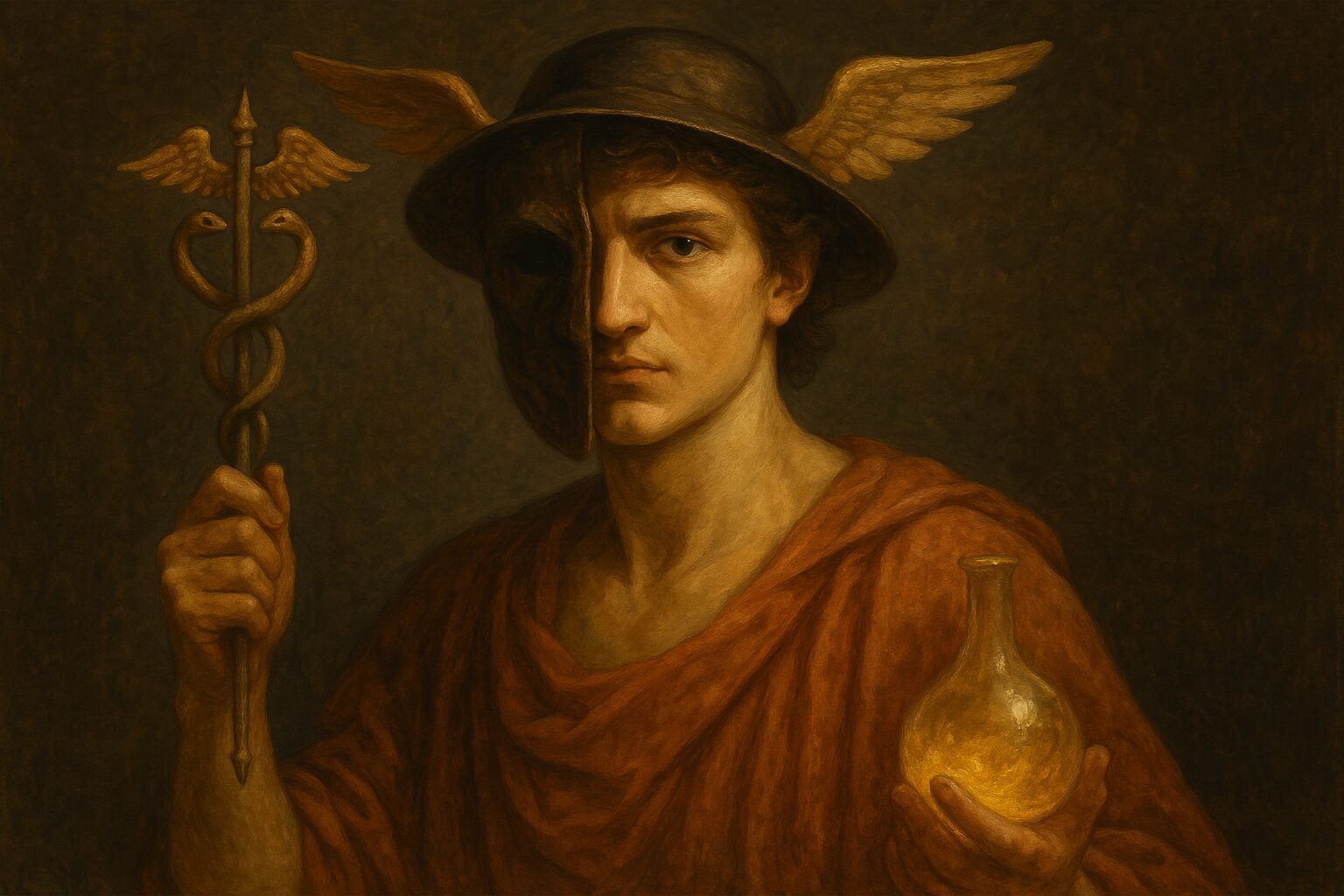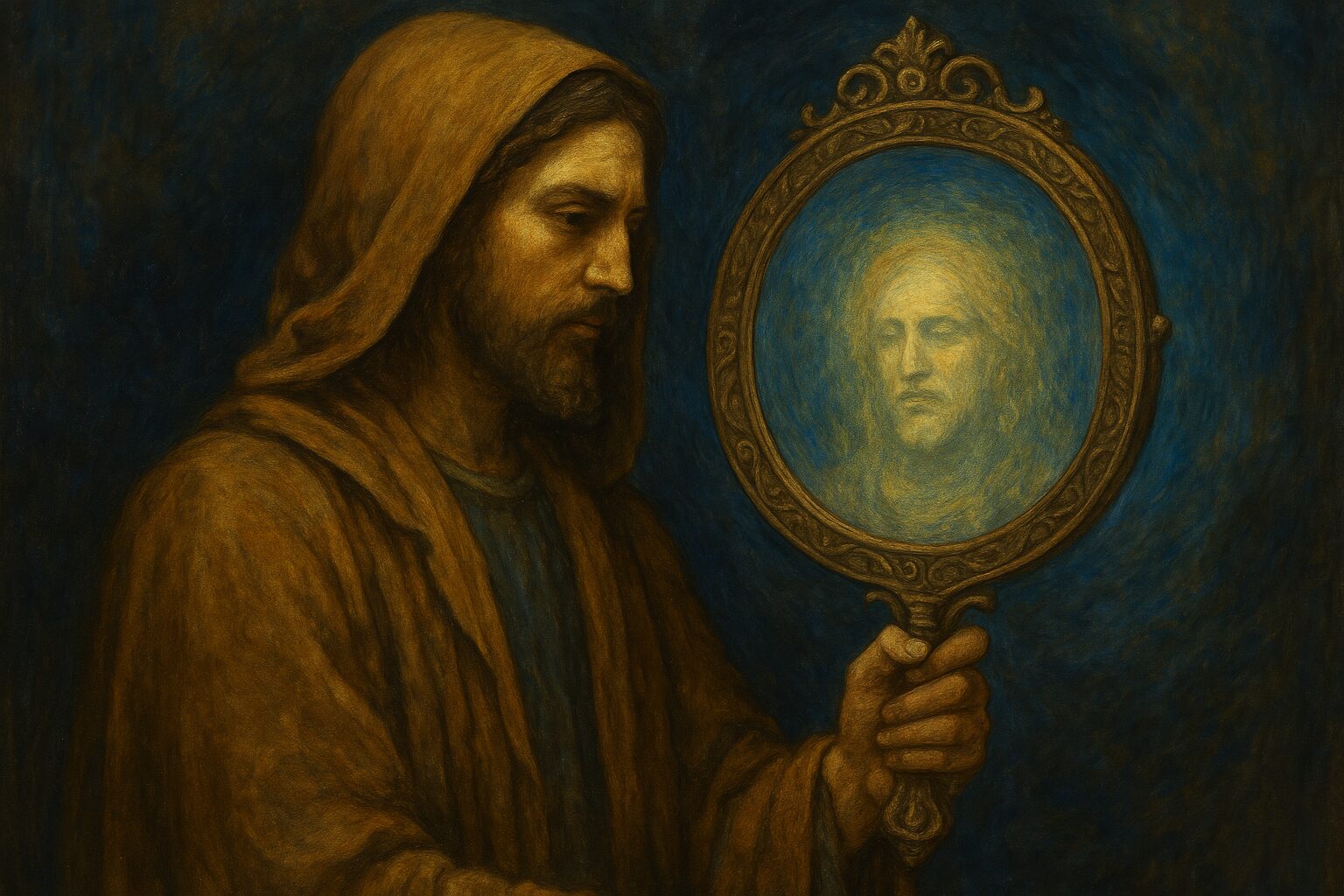Introduction
In the Hermetic tradition, the soul is seen as capable of transcending the limitations of the physical body. Through spiritual practices such as meditation, ritual, and astral projection, initiates are believed to ascend to higher realms of consciousness, exploring dimensions beyond the material world. The astral body, in this context, is the vehicle that allows the soul to detach from the physical self and journey through the planes of existence. This article delves into the role of the astral body in Hermetic initiation, exploring how it functions as a means of spiritual enlightenment and self-realization.
The Astral Body: A Vehicle of Consciousness
The concept of the astral body is ancient, appearing in multiple mystical and occult traditions. In Hermeticism, it is understood as a subtle, non-physical counterpart to the physical body. It is often compared to the “spiritual body” that, when properly trained, can navigate the astral planes, accessing hidden realms of wisdom and divine knowledge.
Hermes Trismegistus, in the Corpus Hermeticum, states,
“The soul is bound to the body as long as it remains in ignorance. But when knowledge is gained, the soul is freed and ascends.”
This encapsulates the Hermetic belief that true spiritual awakening involves the liberation of the soul from the confines of the body and the material world. The astral body is the key to this liberation, acting as the intermediary between the physical self and the higher realms of consciousness.
The Process of Astral Projection: Awakening the Astral Body
Astral projection, the act of consciously separating the astral body from the physical body, is a central practice in Hermetic initiation. Initiates engage in deep meditation, concentration, and specific rituals designed to stimulate the astral body’s movement beyond the material confines of the physical body. Through these practices, they achieve a state of conscious awareness in the astral planes, where they can encounter spiritual entities, explore otherworldly realms, and gain esoteric knowledge.
The Corpus Hermeticum instructs:
“He who ascends in the body and comes to the invisible world is initiated.”
This statement emphasizes that true spiritual knowledge requires direct experience, beyond mere intellectual understanding. The astral journey allows initiates to access divine wisdom, thereby accelerating their spiritual evolution.
The act of astral projection requires discipline, focus, and a willingness to confront one’s inner fears and limitations. As the initiate’s consciousness shifts from the physical to the astral, they may experience feelings of floating, separation from the body, and heightened awareness of their surroundings. The astral realms are seen as layers of reality, each corresponding to different levels of consciousness.
The Astral Body in Hermetic Initiation: A Gateway to Higher Realms
In the Hermetic tradition, the astral body is not merely a tool for personal exploration but a key to understanding the cosmos. The Hermetic texts often refer to the “as above, so below” principle, suggesting that the spiritual realms reflect the structure of the material world. By ascending through the astral planes, initiates can understand the divine order of the universe and unlock the mysteries of creation.
The astral body also allows practitioners to commune with higher beings, including angels, spiritual guides, and deities. These encounters are seen as opportunities for guidance, wisdom, and initiation into deeper mysteries. As Hermes Trismegistus writes,
“The soul that is freed from the body and ascends to the divine receives the secret knowledge of the heavens.”
This process of communion with higher spiritual entities is central to Hermetic initiation, as it provides the initiate with transformative teachings that lead to self-realization.
Furthermore, the astral body is believed to be able to influence the physical world. By gaining mastery over the astral realms, practitioners can manipulate their circumstances in the material world, align themselves with cosmic forces, and achieve harmony with the universe. The Hermetic principle of “As above, so below” speaks to the interconnectedness of all planes of existence, with the astral body serving as the bridge between the spiritual and physical realms.
The Philosophical Significance of Astral Projection
Astral projection, like many Hermetic practices, is rooted in a deeper philosophical framework that seeks to transcend the limitations of the material world. As Plotinus, the ancient philosopher, famously wrote in Enneads:
“The body is a prison for the soul, but the soul can break free by its own power.”
This idea is central to Hermeticism, where the ultimate goal is to liberate the soul from the bonds of the physical realm and allow it to merge with the divine.
Astral projection is not simply an esoteric practice but a profound means of self-discovery and philosophical insight. By traversing the astral realms, practitioners can confront the nature of reality, the illusions of the material world, and the true essence of the self. The astral journey represents a metaphor for spiritual awakening, as it allows the initiate to peel back the layers of illusion and access higher truths about existence.
The journey of the astral body also mirrors the journey of the soul in Hermeticism. Just as the initiate ascends through different planes of existence, so too does the soul ascend through the levels of spiritual awakening, ultimately returning to its divine source. This cyclical process of ascent and return is reflected in the Hermetic axiom “All is one,” which suggests that all things are interconnected and ultimately return to the unity of the divine.
Conclusion
In Hermetic initiation, the astral body plays a crucial role in spiritual transformation. It serves as the vehicle through which the initiate can transcend the material world and explore the higher realms of existence. Through astral projection, initiates gain access to divine wisdom, spiritual beings, and cosmic truths, ultimately leading to the realization of their divine nature. The Hermetic teachings on the astral body offer a profound framework for personal and spiritual growth, emphasizing the liberation of the soul from the physical world and the ascent to higher planes of consciousness.
As the Hermetic text The Emerald Tablet famously states:
“That which is below is like that which is above, and that which is above is like that which is below, to accomplish the miracle of one thing.”
The astral journey, then, is not just an escape from the material world, but a journey toward the unity of all existence, where the soul merges with the divine and experiences the ultimate truth of creation.
